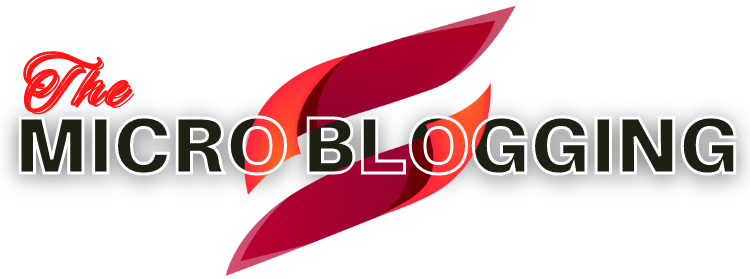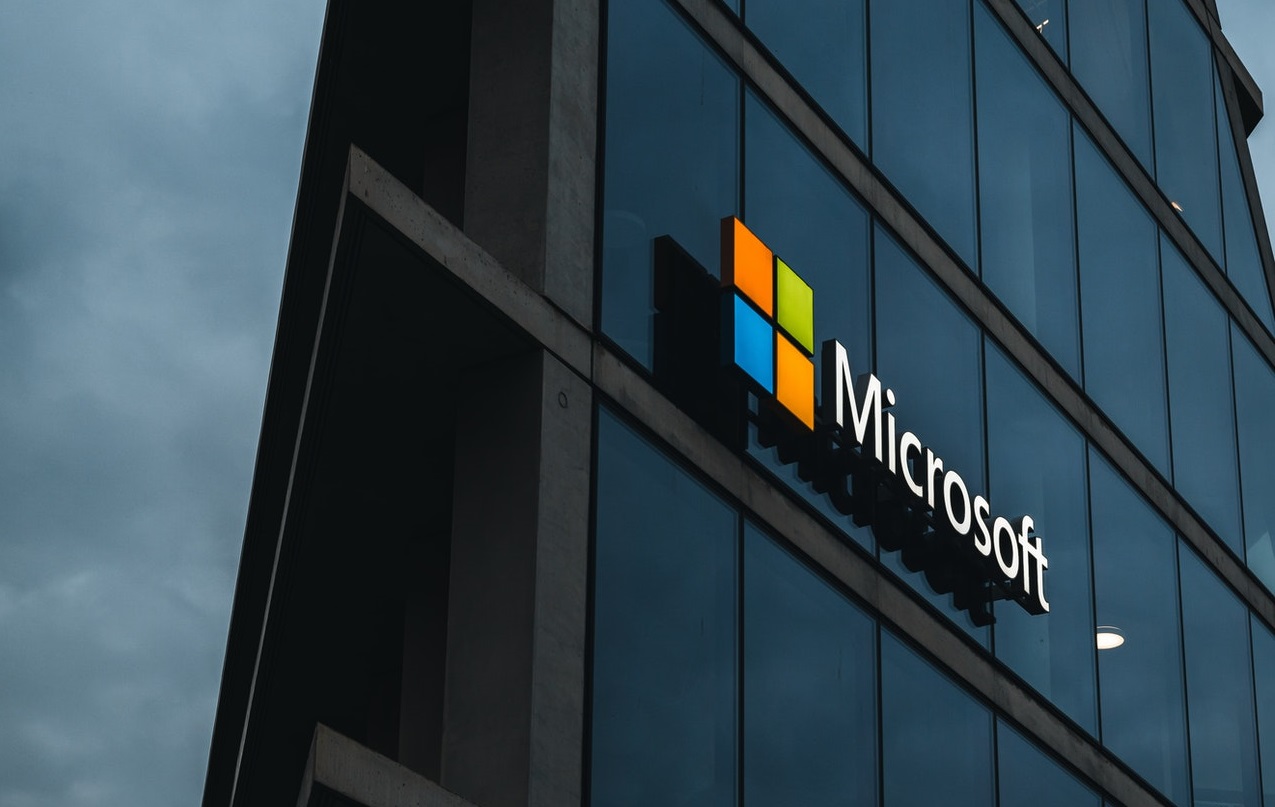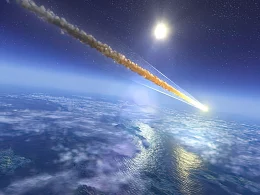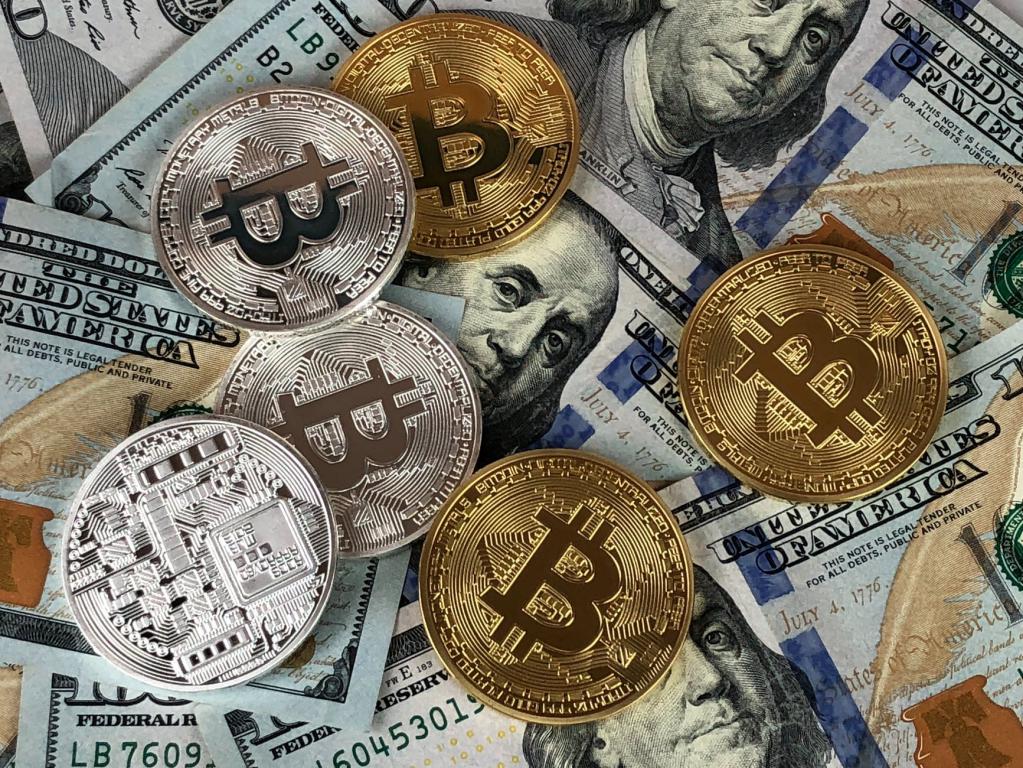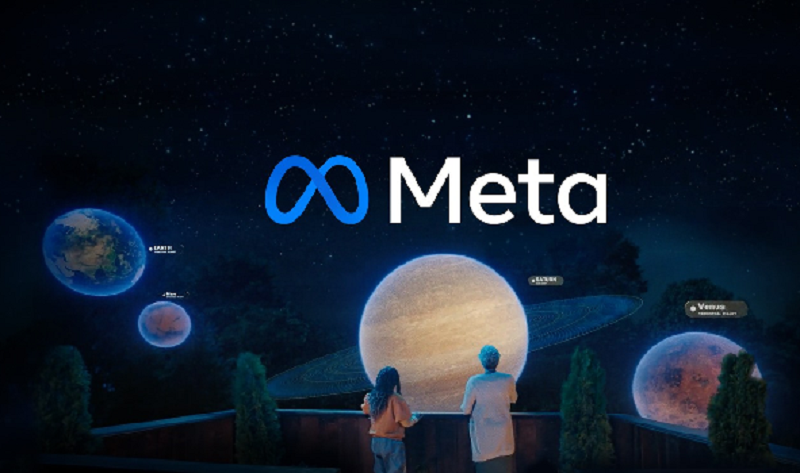Shi Licheng, Microsoft ‘s global assistant legal chief and general manager of Taiwan’s Microsoft Public and Legal Affairs Department, simultaneously accepted an exclusive interview and pointed out that Microsoft implemented an internal carbon price system as early as 2012, and that the sustainable field started early and was more ambitious than other technology giants.
The carbon reduction secret behind the first Taiwanese data center
Taiwan’s Microsoft announced in October last year that it would build the world’s 66th data center in Taiwan. It is the largest overseas cloud R&D center outside of Seattle and the first Azure (Microsoft cloud computing service) data center in Taiwan, showing Taiwan’s growth in global data centers. The potential, but the unknown part is that this data center also helps companies achieve carbon reduction.
Bian Zhixiang explained that each company has its own data center, but when their respective scales are not large enough, they cannot achieve the best energy conversion efficiency (PUE). “Going to the cloud” can greatly reduce carbon emissions. According to estimates from Microsoft’s Sustainability Calculator, it can save nearly 72%-98% of carbon emissions.
Microsoft subsequently announced that all Azure cloud computing will use 100% renewable energy by 2025, allowing Microsoft’s 66 regional data centers around the world to shoulder more important carbon reduction tasks.
Software companies have low carbon emissions by nature, but from the perspective of cloud service platforms, data centers are actually very power-hungry.
Reached “five nines” without interruption
Shi Licheng said frankly that how to achieve 99.999% (with special emphasis on five 9s) of Microsoft’s global servers in more than 4 million servers without interruption, and achieve energy conservation and environmental protection, is a big challenge.
Bian Zhixiang pointed out that almost all of the basic equipment of Microsoft’s data center is provided by Taiwan ODM and OEM. We plan and design together. This center will be implemented so that Taiwanese suppliers can more fully cooperate with Microsoft’s AHSI (Cloud Hardware and Infrastructure Team) to design. The next-generation “standard basis for energy-saving and carbon-reduction computing”.
What has Microsoft done in recent years?
In the same year that the internal carbon price system was implemented, Microsoft achieved carbon neutrality; announced to join RE100 in 2015; invested 1 billion US dollars in the climate innovation fund in 2020, and MSCI strategic alliance to accelerate innovation in the global investment industry and use it for itself And the ecosystem reaches the carbon reduction goal….
What’s more worth mentioning is that Microsoft’s RE100 commitment is different from other companies. It will not only achieve carbon neutral in 2030, but achieve carbon negative, and in 2050, Microsoft will start from 1975. All carbon footprints since its establishment have been eliminated from atmospheric emissions using technology or other means… This commitment has also been called Microsoft’s “moonshot” by Microsoft President Brad Smith.
Decarbonization progress affects senior executives’ salaries
Then, at the beginning of this year, Microsoft revealed the “One year after” report, explaining the results of the moon landing plan in one year, such as reducing carbon emissions by 730,000 tons or 6%; in 26 projects around the world, procurement A solution that can eliminate 1.3 million tons of carbon emissions; also submits the data in the annual “Environmental Sustainability Report” for review, and from the next fiscal year, the progress of sustainable development goals will be included in the judging factors for determining the salary of senior executives, In short, it is to link the decarbonization progress to the salary of the senior executives, even CEO Satya Nadella (Satya Nadella) is no exception.
Shi Licheng said that as a technology company, Microsoft is very open and transparent. This full 98-page report clearly lists the progress of the past year in numbers.
Taiwan’s Microsoft’s carbon reduction is also in full swing. Shi Licheng said that in April this year, Taiwan’s Microsoft joined the Taiwan Climate Alliance and will work with the ecosystem to promote carbon reduction plans; other members include Delta, Taiwan Semiconductor Manufacturing Co., and Acer. Science and technology factory, “We are the only foreign businessmen to join this alliance.”
When talking about sustainability, I will talk about at least three scopes. One is to implement directly from tools, including any products and tasks that Microsoft can dominate, including computer rooms in data centers, laptops produced, and game consoles such as X Box. And so on, to reduce carbon emissions from manufacturing; the second is indirect tools, that is, indirect carbon emissions such as water and electricity used in the business process; the third is the ecosystem, which includes the broad supply chain, and more The impact of the scope, carbon emissions from business trips, meals, travel, logistics, etc. are all covered.
“Why did you talk about this? Because of Microsoft’s commitment to sustainability, we will look at what we can do for society from a different perspective.” Bian Zhixiang explained. In other words, Microsoft spends more effort on the supply chain and ecosystem.
Sustainable cloud will be born
In other words, Microsoft does not intend to just take care of itself in the journey to negative carbon emissions, but there are three levels of approach:
The first is to require suppliers to reduce carbon, not only to require but also to enable (enable) to assist them in tracking and reviewing their results.
The second is to provide tools to assist other companies to digitize/reduce emissions, such as the aforementioned “sustainable computer”. Through this free tool, the operational benefits of reduced carbon emissions conversion can be calculated; Power BI creates an audit management system for tracking the carbon performance of suppliers…etc.
The third is to expand industrial partners/ecosystems. Joining the Taiwan Climate Alliance is an example. Satya Nadella recently revealed in the annual partner conference Microsoft Inspire 2021 that it will launch the sixth cloud out of the five existing industrial clouds: cloud for sustainability, which is also an effort to enable enterprises to operate in a sustainable manner. It is put in the cloud through the automatic input mechanism, but the details have not been disclosed yet, and it is expected to be made public in the second half of the year.
Microsoft has also pioneered a carbon reduction business under the framework of its carbon emissions moon landing plan.
Market Maker of Data Governance Opportunities
With the growing trend of ESG, large companies publish ESG reports every year, but what about SMEs?
Moreover, a report with hundreds of pages, from compilation, collection, completion to internal and external review, will take at least the first half of the year. When it is published, this report will inevitably be reduced to paper talk, and the content will still have much timeliness. Sex?
With these two issues alone, business opportunities for data governance have emerged, Shi Licheng said.
Taiwan’s industrial enterprises will go global in the future. ESG as an open and transparent issue must be faced. However, small and medium-sized enterprises are relatively incapable (financial) to find the four major accounting firms to produce reports. If there is a platform that can help enterprises A corresponding report is automatically generated. At the same time, it also provides consultation from the four major accounting firms to assist him in generating ESG certification. The enterprise can obtain ESG resources at a lower cost, and Microsoft is the provider of the platform, forming a win-win situation.
In contrast to Bill Gates, the founder of Microsoft, said that “zero emissions is an unnegotiable goal.” Microsoft is not only the pioneer of zero-carbon, but also the market maker of carbon removal.
